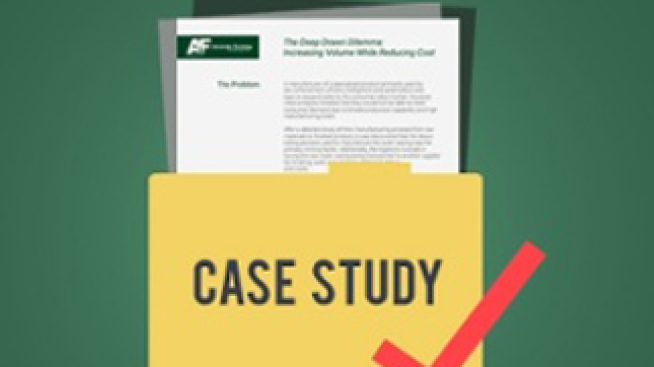Dispelling the Myth of the Space Pen
Dispelling the Myth of the Space Pen
January 6, 2015

Keep it simple.
These are buzz words for any good engineer or inventor to follow. Legends surrounding the creation of the space pen seem to indicate that early in the space program, American scientists didn’t quite grasp the concept.
The most commonly accepted legend of the space pen tells us that during the race to send humans into space it was determined that astronauts needed a writing tool that would operate in zero gravity, write at any angle, survive extreme temperatures, and work on any surface. The ability for the astronauts to make notations, take notes, make reference marks and so on was critical to a mission’s success.
The legend goes on to tell us how American scientists spent “millions” of taxpayer dollars in research in order to develop such a pen. If this isn’t bad enough, the myth also tells us that our competitors in the space-race, Russia, solved the problem by simply handing out pencils.
It certainly seems from this myth that our scientists were a bit off the mark, not to mention big spenders. It’s a fun myth, but let’s set the record straight.
In the beginning of the space program, the US also sent pencils with the astronauts. After the disastrous fire of Apollo 1 in 1967 the space program adopted strict policies regarding flammable items in the space craft. In a high oxygen environment, even the smallest amount of fuel such as the wood in a pencil can be a disaster. Not to mention the hazard of chipped leads and frayed wood particles floating around the zero gravity compartment. NASA realized that they needed a very specialized writing tool and worked towards a solution. But the solution they found did not have a million dollar price tag.
The answer was created by a small company led by a man named Paul C Fisher. Fisher realized that the astronauts needed a very specific solution, and spent just under one million US dollars of his own money to develop a unique space pen that would meet the demands of the space program. After several years, he succeeded, and the first AG-7 Space Pen was developed. After rigorous testing, NASA accepted the pen as standard space program equipment.
The pen worked perfectly in any environment. Not a dollar of taxpayer money was spent. Total cost to the US Government? $2.95 each.
{{cta(‘0d38e70e-d077-445f-9651-6213c3b482b6’)}}


